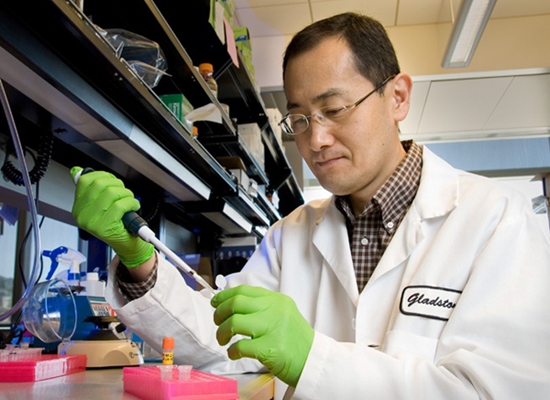Induced pluripotent stem (iPS) cells from a donor cell bank may open a new paradigm shift in stem cell treatment
Researchers from the Japanese RIKEN Centre have reportedly delivered induced pluripotent stem (iPS) cells from an anonymous donor to a 60 year old male patient. The milestone is understood to represent a world first in the development of stem cell technology, in addition to changing the medical approach to how such treatments may become more widely available than first anticipated. Previous protocols have focused on the delivery of a patient?s own cells using a very different clinical procedure to that which may be envisioned from using a ?democratized? cell bank.

Researchers from the Japanese RIKEN Centre have reportedly delivered induced pluripotent stem (iPS) cells from an anonymous donor to a 60 year old male patient. The milestone is understood to represent a world first in the development of stem cell technology, in addition to changing the medical approach to how such treatments may become more widely available than first anticipated. Previous protocols have focused on the delivery of a patient’s own cells using a very different clinical procedure to that which may be envisioned from using a “democratized” cell bank. Of equal significance, the cost of such treatments may be radically different if iPS cells become available through a cell bank, rather than via the more laborious and costly extraction and manipulation procedures associated with use of a patient’s own cells.
The use of iPS cells additionally avoids the often polarising debate over the use of embryonic stem (ES) cells as iPS are generated from mature stem cells and then reprogrammed back to an embryonic state. The recent Japanese success, reported in Nature, stated that surgeon Yasuo Kurimoto performed the procedure at the same hospital (Kobe City Medical Centre General Hospital) in which a Japanese woman had previously undergone a similar surgical procedure, but with iPS cells derived from her own skin. Development of the technology to create a bank of iPS cells is being led by Shinya Yamanaka, a world leading authority and Nobel prize winner who has argued that a bank of such iPS cells should be able to generate cell lines that could provide a potential source of clinical materials for a significant proportion of the Japanese population. Matching of donor cells to recipient patients is understood to proceed through typing of three HLA genes in order to minimise the potential for immune reaction. According to Nature, the cell bank under construction should house somewhere between 5 and 10 iPS lines by March 2018, potentially sufficient to cover up to 50% of the Japanese population.
The most recent treatment success is the first of five planned surgical procedures which will form part of a study in the use of iPS from the Japanese cell bank. The research team however are cautious not to draw any firm conclusions until all patients are treated and until a comprehensive assessment can be made in respect of the outcome and behaviours of the iPS cells in their “new” environment. Regardless, if the procedure demonstrates success, the field of stem cell medicine may have taken an enormous leap with applications for a wide-range of medical conditions including spinal injuries, cardiovascular disease and many more.
Reference: Brief Euretina


ارسال به دوستان